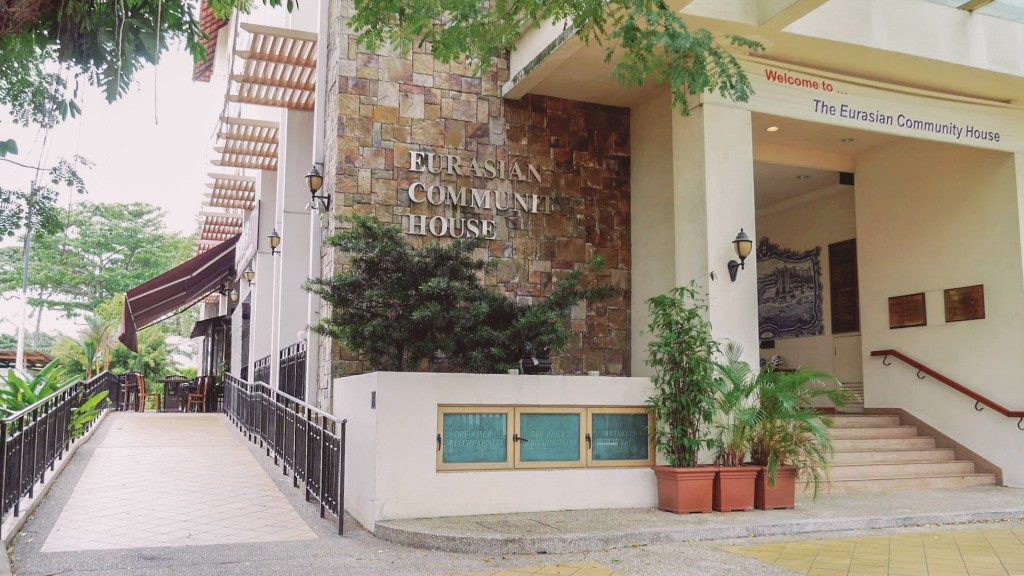The Eurasian Tapestry in Katong
The smallest community in Singapore belongs to the Eurasians – the makeup about 0.5 per cent of Singapore’s total population. Despite being small in size, don’t snub them. The Eurasians have been an integral fabric of our society. Katong, in particular, housed many Eurasian families since the 1950s.

Modern Eurasians of Singapore – Left to right: Kevin Martens Wong, Brenda Pereira, Andre D’Rozario, Allison Koek, Cassandra Anthonisz, Ida Cecil (source CNA)
“But who are the Eurasians?”, one might ask. Basically, a Eurasian person is of both Western/European and Asian descent. They embody the historical interactions between the East and West. The origins, heritage and culture go back to hundreds of years and their trade and colonial rule in the region cannot be ignored. In fact, a National Library Board source states that: “The origins of the Eurasians can be traced to the Europeans traders, administrators and private individuals who travelled to Asia between the 16th and 20th centuries. The Portuguese were among the earliest Europeans to arrive in Asia, exerting their presence in India from 1505 and in Malacca from 1511 to 1641.”
While the Eurasian community is made up of diverse European and Asian lines, the more commonly known ancestries include individuals from descents such as Portuguese, Dutch and British. Katong was widely known as a place where Eurasians lived and worked and made their mark in our Little Red Dot. There were many European men who married local women, thereby, resulting in Eurasian descendants.

Eurasian Community House (source iremember.sg)
Many hardworking Eurasians snagged white-collar jobs because of their proficiency in English and their familiarity with European knowledge and customs. In the early 1930s, Eurasians flourished in white-collar jobs such as clerks. They worked well with the British and made their presence in industries such as finance, oil and import/export.
Eurasians were also famous for their food such as devil curry, smoore, feng, mulligatawny, torte cake, to name a few. Many Eurasian enclaves thrived in Singapore – Queen Street and Waterloo Street were famous Eurasian residences. Even Selegie Road was rife with Eurasians living there. But many Eurasians fanned out to live in the eastern side of Singapore, particularly, Katong. They loved the seaside resort and the balmy beaches. Most of their weekends were spent at bungalows by the sea.

Sea View Hotel – where Eurasians loved to hang out in the east (source nas.gov.sg)
Eventually, many set up home in Katong. So just who are the famous Eurasians who made their mark in Singapore? Well, Benjamin Sheares was Singapore’s second president and a preeminent doctor; notable pioneer-generation leader and Singapore’s longest-serving law minister Edmund William Barker; not forgetting George Edwin Bogaars who was a pioneer civil servant responsible for building up Singapore’s security and defence. Not just limited to Katong, many Eurasian families started to make their lives along East Coast Road and Frankel Avenue. Rows upon rows of shophouses and housing estates are located in the area surrounding East Coast Road and Frankel Avenue. The Eurasians have definitely left an indelible mark in Singapore’s rich tapestry of culture, history and heritage.

